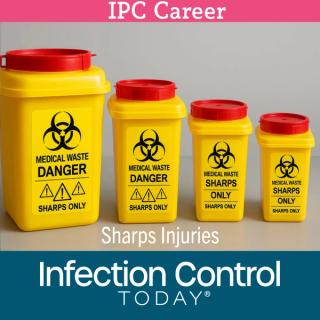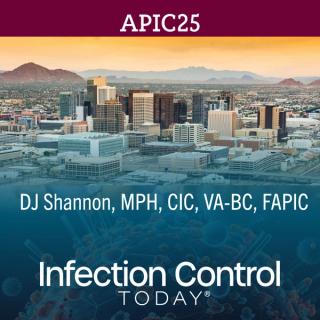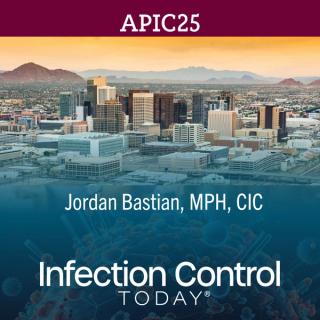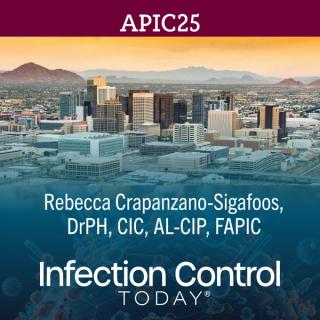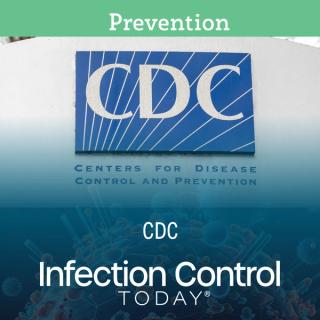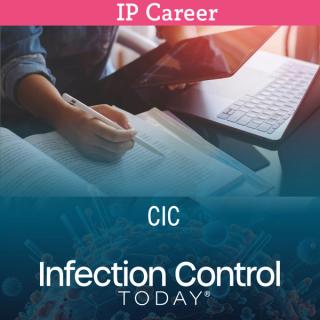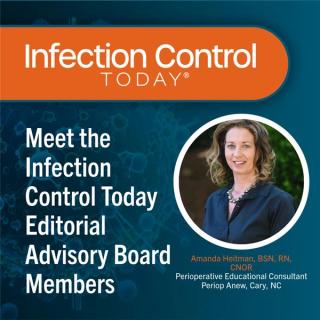
Prevention
Latest News

Latest Videos

More News

From unsterilized surgical tools in Colorado to a years-long methicillin-resistant Staphylococcus aureus (MRSA) outbreak in Virginia and a surging measles crisis in Canada, recent headlines reveal the fragile front lines of infection prevention and the high stakes when systems fail.

In an era defined by digital transformation and post-pandemic urgency, telemedicine has evolved beyond virtual visits to become a vital infrastructure for delivering personal protective equipment (PPE) and managing sterile supplies. By enabling real-time forecasting, remote quality control, and equitable distribution, telemedicine is revolutionizing how health care systems protect both patients and providers.

Despite being a well-known occupational hazard, sharps injuries continue to occur in health care facilities and are often underreported, underestimated, and inadequately addressed. A recent interview with sharps safety advocate Amanda Heitman, BSN, RN, CNOR, a perioperative educational consultant, reveals why change is overdue and what new tools and guidance can help.

A new clinical trial explores the use of low-dose oral vancomycin to prevent Clostridioides difficile recurrence in high-risk patients taking antibiotics. While the data suggest a possible benefit, the findings stop short of statistical significance and raise red flags about vancomycin-resistant Enterococcus (VRE), underscoring the delicate balance between prevention and antimicrobial stewardship.
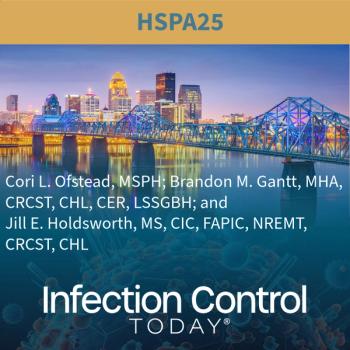
Despite their smooth, polished exteriors, surgical instruments often harbor dangerous contaminants deep inside their lumens. At the HSPA25 and APIC25 conferences, Cori L. Ofstead, MSPH, and her colleagues revealed why borescopes are an indispensable tool for sterile processing teams, offering the only reliable way to verify internal cleanliness and improve sterile processing effectiveness to prevent patient harm.

Discover how AI-powered sensors, smart surveillance, and advanced analytics are revolutionizing infection prevention in the OR. Herman DeBoard, PhD, discusses how these technologies safeguard sterile fields, reduce SSIs, and help hospitals balance operational efficiency with patient safety.

New national survey data reveal high uncertainty among pregnant individuals—especially first-time parents—about vaccinating their future children, underscoring the value of proactive engagement to strengthen infection prevention.

A Danish study of 1.2 million children found no increased risk of autoimmune, allergic, or neurodevelopmental disorders from aluminum in early childhood vaccines, helping close key safety evidence gaps.

Take 5 minutes to catch up on Infection Control Today’s highlights for the week ending July 13, 2025.
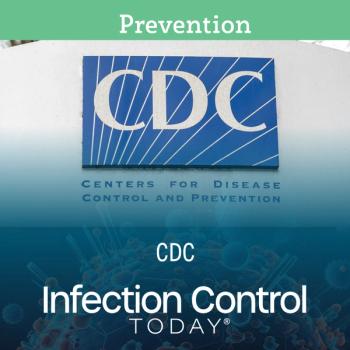
With avian influenza A(H5N1) infections surfacing in both animals and humans, the CDC has issued updated guidance calling for aggressive monitoring and targeted testing to contain the virus and protect public health.

Infection preventionists, once hailed as indispensable during the pandemic, now face a sobering reality: budget pressures, hiring freezes, and layoffs are reshaping the field, leaving many IPs worried about their future and questioning their value within health care organizations.
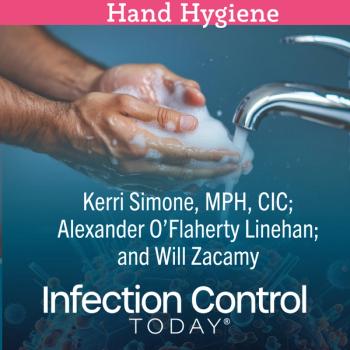
Who knew candy, UV lights, and a college kid in scrubs could double hand hygiene adherence? A Pennsylvania hospital’s creative shake-up of its infection prevention program shows that sometimes it takes more than soap to get hands clean—and keep them that way.

A groundbreaking study presented at HSPA25 and APIC25 exposed hidden contamination lurking inside orthopedic and neurosurgical instruments—even after cleaning. The Lumens 2.0 research highlights why infection prevention must look deeper than surface-level protocols.

The Certification Board of Infection Control and Epidemiology (CBIC) is calling on infection prevention professionals to help shape the future of the a-IPC exam through a vital new job analysis survey.
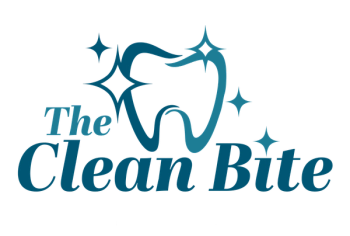
Patients rarely question sterilization protocols at the dentist, yet it is essential for safety. The Clean Bite explores why asking matters, what to look for, and how to start the conversation confidently.

Once dominated by nurses, infection prevention now welcomes professionals from public health, lab science, and respiratory therapy—each bringing unique expertise that strengthens patient safety and IPC programs.
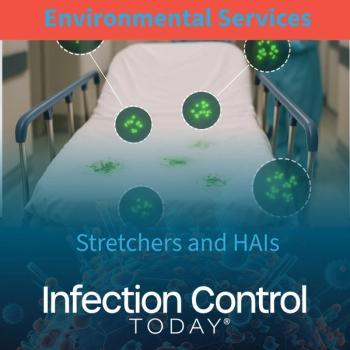
Despite routine disinfection, hospital surfaces, such as stretchers, remain reservoirs for harmful microbes, according to several recent studies. From high-touch areas to damaged mattresses and the effectiveness of antimicrobial coatings, researchers continue to uncover persistent risks in environmental hygiene, highlighting the critical need for innovative, continuous disinfection strategies in health care settings.
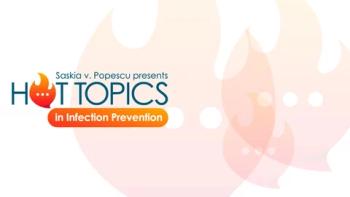
This Hot Topics for IPC covers the latest on ASPR, AMR, vaccines, and a study on AMR and livestock manure from Michigan State University.

Dental infection control expert Sherrie Busby tackles PPE missteps, from chin-bra masks to cropped lab coats, reminding dental teams that proper protection is crucial, not optional.
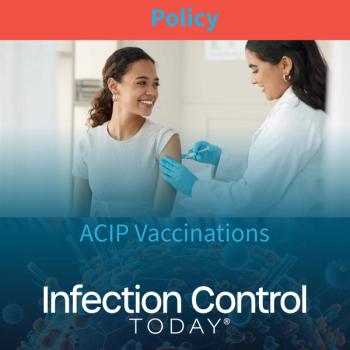
In its first major session under newly appointed leadership, the revamped Advisory Committee on Immunization Practices (ACIP) voted to support flu and RSV vaccinations for the 2025–2026 season, but internal debate over vaccine preservatives, access equity, and risk assessment highlighted the ideological and scientific tensions now shaping federal vaccine policy.

As the newly appointed Advisory Committee on Immunization Practices (ACIP) met for the first time under sweeping changes by HHS Secretary Robert F. Kennedy Jr, the national spotlight turned to the panel’s legitimacy, vaccine guidance, and whether science or ideology would steer public health policy in a polarized era.
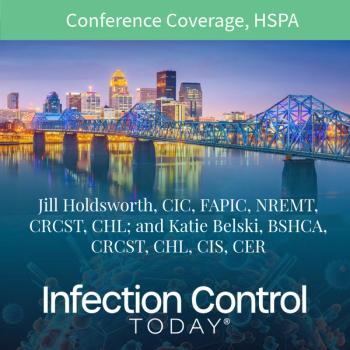
In the heart of the hospital, decontamination technicians tackle one of health care’s dirtiest—and most vital—jobs. At HSPA 2025, 6 packed workshops led by experts Jill Holdsworth and Katie Belski spotlighted the crucial, often-overlooked art of PPE removal. The message was clear: proper doffing saves lives, starting with your own.

This Hot Topics for IPC covers the latest on ACIP, vaccines, and a study on contact precautions for MRSA.

Despite its critical role in patient safety, infection prevention and control (IPC) remains one of health care’s most misunderstood and understructured professions. While COVID-19 thrust IPC into the spotlight, the field still lacks a clear entry path, standardized training, and broad institutional recognition, leaving many professionals to learn on the job with minimal guidance.

Infection preventionists are at the forefront of the infodemic; the keynote session offered suggestions on how they can combat and mitigate misinformation.



